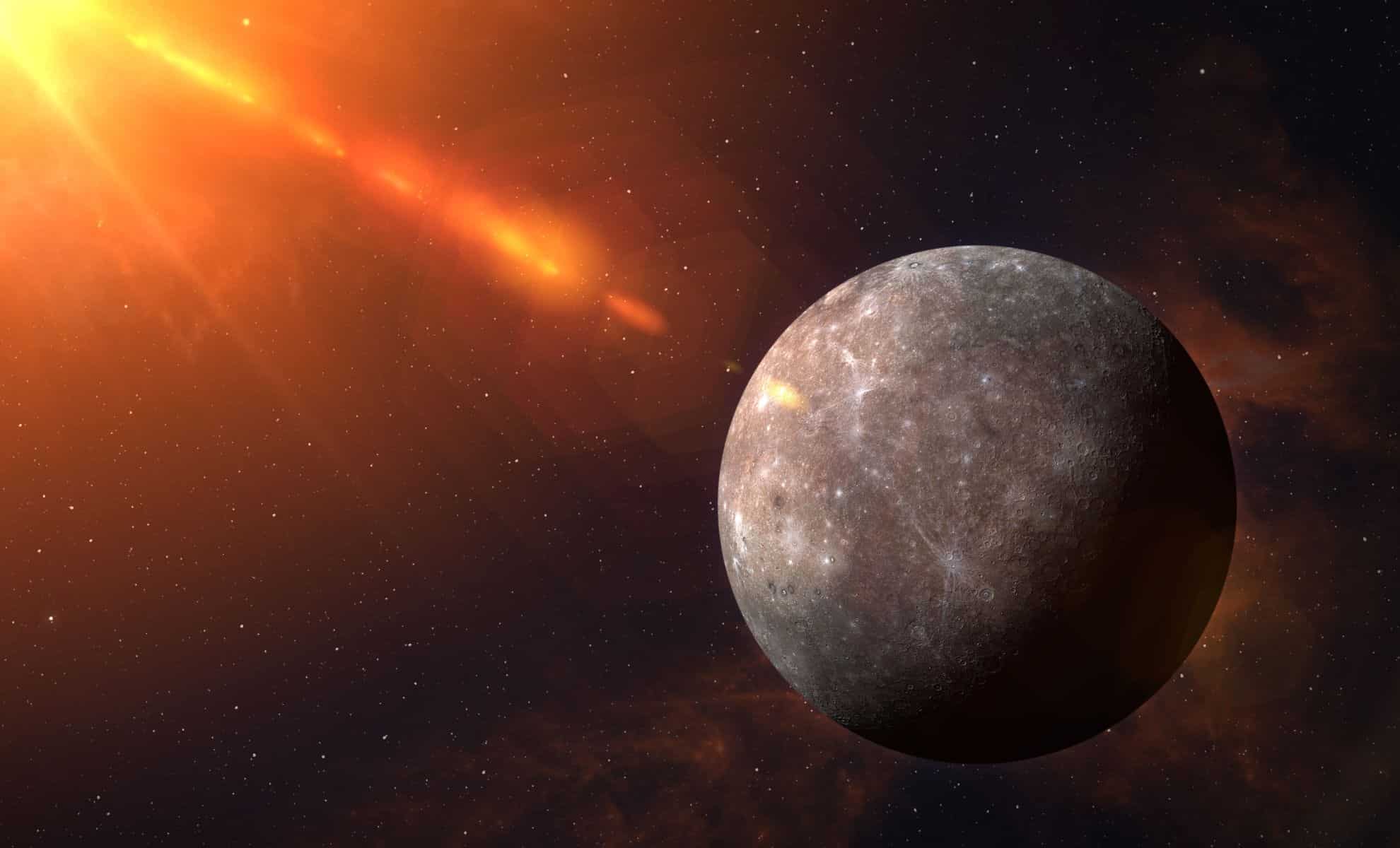
Mercury’s Surface is Twisting Like Paper: What’s Going On Up There?
How did your country report this? Share your view in the comments.
Diverging Reports Breakdown
Mercury’s Surface is Twisting Like Paper: What’s Going On Up There?
Tidal forces from the Sun could be playing a significant role in shaping the planet’s tectonic patterns. As Mercury orbits the Sun, it doesn’t simply rotate like Earth. Mercury completes three rotations for every two orbits, a phenomenon known as a 3:2 spin-orbit resonance. Combined with its highly elliptical orbit and an axial tilt of about 7 degrees, these factors create fluctuating tidal stresses that pull and strain the planet’s outer shell. Scientists are now looking to the BepiColombo mission, a collaboration between the European Space Agency (ESA) and the Japan Aerospace Exploration Agency (JAXA) Launched in 2018, the mission is only the third spacecraft to visit this elusive planet.
Tidal Forces May Have Shaped Tectonic Features
A research team from the University of Bern recently constructed physical models to examine how the Sun’s gravity might be impacting Mercury’s crust. Their findings reveal that tidal stresses from the Sun could be playing a significant role in shaping the planet’s tectonic patterns. As Mercury orbits the Sun, it doesn’t simply rotate like Earth. Instead, it completes three rotations for every two orbits, a phenomenon known as a 3:2 spin-orbit resonance. Combined with its highly elliptical orbit and an axial tilt of about 7 degrees, these factors create fluctuating tidal stresses that pull and strain the planet’s outer shell.
Lead researcher Liliane Burkhard, from the Space Research and Planetary Sciences Division at the Institute of Physics, explained, “These orbital characteristics create tidal stresses that may leave a mark on the planet’s surface.” According to the team’s analysis, while these stresses aren’t strong enough to create faults on their own, their directional alignment closely matches fault-slip patterns observed on Mercury today. This alignment suggests that tidal forces have been quietly guiding the planet’s tectonic activity for billions of years.
Ancient Scars Reveal Planetary Evolution
Mercury, like other rocky planets, formed from molten material that gradually cooled over time. As it cooled, its internal structure shrank, causing the crust to wrinkle, crack, and contract. But evidence from previous missions indicated something more complex was at play. In addition to shrinking, Mercury’s surface also shifted laterally, forming fractures and scars that seemed inconsistent with simple cooling models.
“Tidal stresses have been largely overlooked until now,” Burkhard noted. “They were considered to be too small to play a significant role.” But the team’s long-term modeling—spanning over 4 billion years—shows that these minute forces have left a subtle yet persistent imprint on Mercury’s surface. The implications extend far beyond Mercury.
Credit: Journal of Geophysical Research: Planets
Bepicombo Mission Could Offer New Clues
To further unravel Mercury’s geological mysteries, scientists are now looking to the BepiColombo mission, a collaboration between the European Space Agency (ESA) and the Japan Aerospace Exploration Agency (JAXA). Launched in 2018, BepiColombo is only the third spacecraft to visit this elusive planet. Its trajectory and suite of instruments are designed to capture unprecedented details of Mercury’s terrain, magnetic field, and internal structure.
The mission’s data may help confirm whether tidal forces from the Sun are indeed responsible for some of the planet’s most enigmatic features.
As Burkhard emphasized, “Understanding how a planet like Mercury deforms helps us understand how planetary bodies evolve over billions of years.”
Source: https://dailygalaxy.com/2025/06/mercurys-surface-is-twisting-like-paper/
